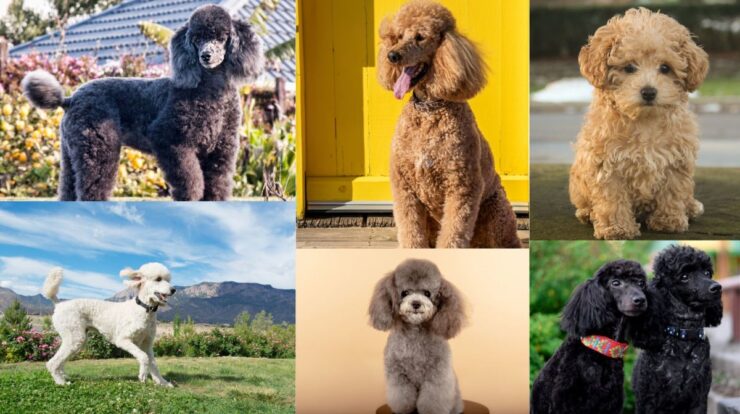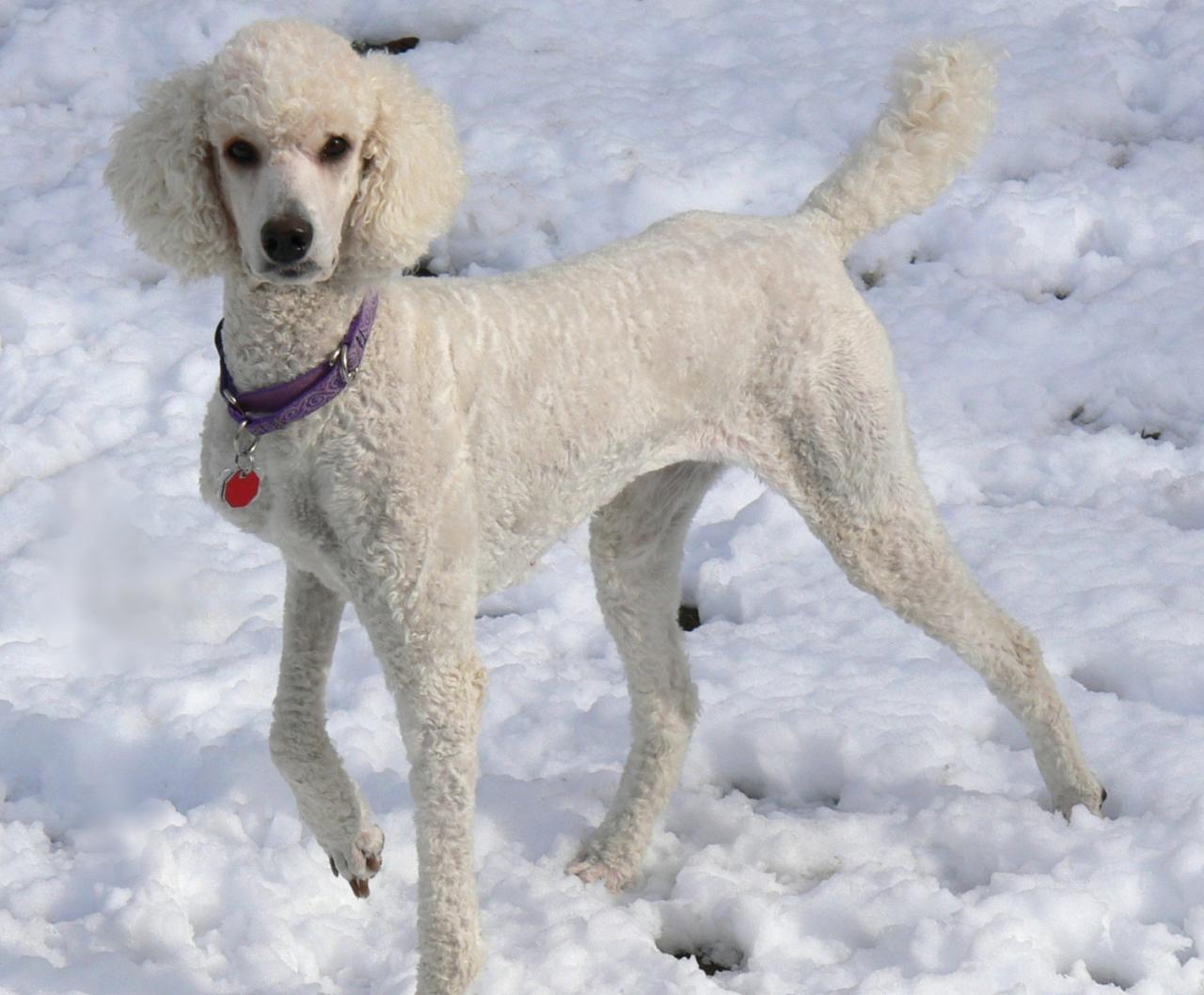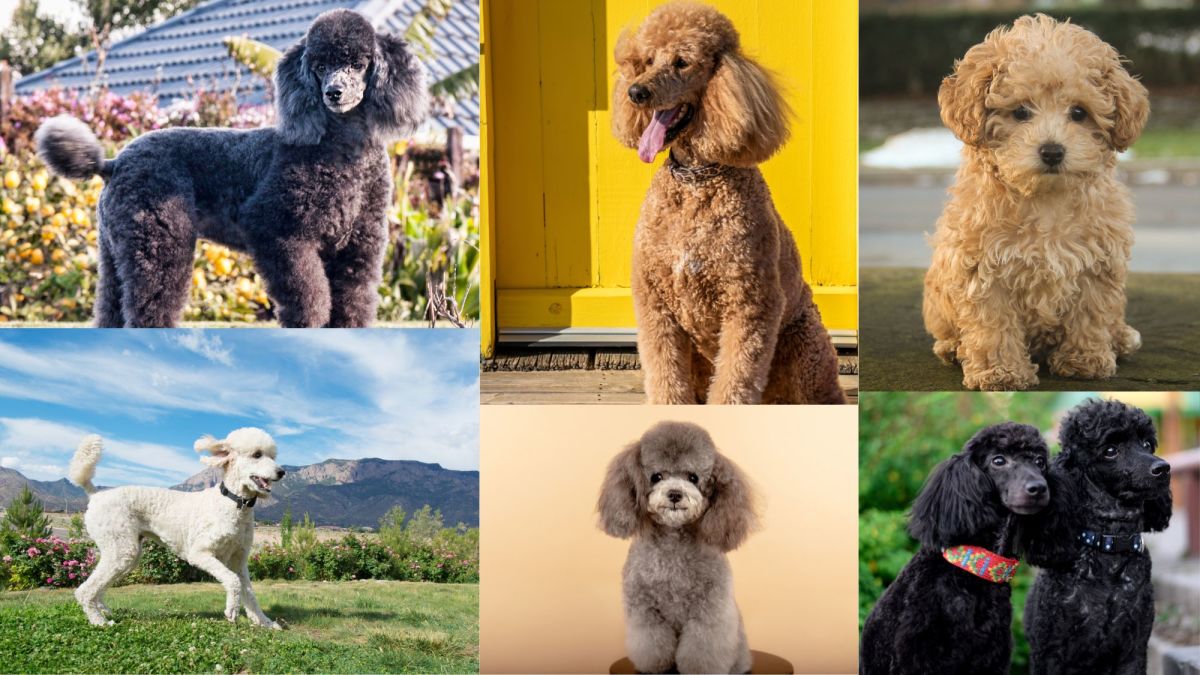
Embark on a journey into the fascinating world of poodles, where intelligence, loyalty, and hypoallergenic qualities intertwine. As we delve into the poodle definition, discover the unique characteristics, history, and care requirements that make this breed a cherished companion.
From their distinctive curly coats to their playful personalities, poodles have captivated hearts for centuries. Let’s explore the essence of this remarkable breed and uncover the secrets to their enduring popularity.
History and Origin
Poodles have a rich and fascinating history that dates back centuries. Originating in Germany, they were initially bred as water retrievers, prized for their intelligence, athleticism, and curly coats that provided insulation in cold waters. Over time, poodles became popular companion dogs, with their smaller varieties becoming especially favored by the French nobility.
Types of Poodles, Poodle definition
Today, there are three recognized sizes of poodles: standard, miniature, and toy. Standard poodles are the largest, standing over 15 inches tall, while miniature poodles range from 10 to 15 inches and toy poodles are under 10 inches in height.
Each size has its distinct characteristics, with standard poodles known for their athleticism and intelligence, miniature poodles for their versatility and adaptability, and toy poodles for their playful and affectionate nature.
Physical Characteristics

Poodles are renowned for their distinctive physical features. Their curly, hypoallergenic coat is a defining characteristic, providing them with excellent insulation and water resistance. The coat comes in a variety of colors, including black, white, silver, apricot, and red. Poodles have an athletic build, with a muscular and well-proportioned body.
They are known for their elegant gait and graceful movements. Their size varies depending on the type, with standard poodles weighing between 45 and 70 pounds, miniature poodles between 10 and 15 pounds, and toy poodles weighing less than 6 pounds.
The average lifespan of a poodle is between 10 and 18 years.
Temperament and Behavior
Poodles are highly intelligent and trainable dogs, known for their affectionate and playful nature. They are eager to please and excel in obedience and agility training. Their energy levels vary depending on their size, with standard poodles being the most energetic and toy poodles the least.
Poodles are generally friendly with children, other pets, and strangers, making them excellent family dogs. However, they can be prone to separation anxiety and may become destructive if left alone for extended periods.
Grooming and Care

Poodles require regular grooming to maintain their distinctive coat. Daily brushing is essential to prevent mats and tangles, and professional grooming every 4-6 weeks is recommended for a thorough bath, blow-dry, and trim. Poodles also need regular veterinary checkups and vaccinations to stay healthy.
Their nails should be trimmed regularly, and their teeth should be brushed daily to maintain good oral hygiene.
Final Summary
In conclusion, the poodle definition encompasses a breed that embodies elegance, intelligence, and unwavering loyalty. Whether you’re seeking an active companion for adventures or a loving family pet, the poodle’s versatility and exceptional qualities make them an ideal choice. Embrace the joy and companionship that comes with welcoming a poodle into your life, and witness firsthand the unwavering bond that defines this extraordinary breed.
Essential FAQs: Poodle Definition
What are the different types of poodles?
Poodles come in three sizes: standard, miniature, and toy, each with its own distinct characteristics.
Are poodles hypoallergenic?
Yes, poodles are considered hypoallergenic due to their low-shedding, curly coats.
What is the average lifespan of a poodle?
The average lifespan of a poodle varies depending on its size, with standard poodles living around 12-15 years, miniatures living 10-13 years, and toys living 12-15 years.





